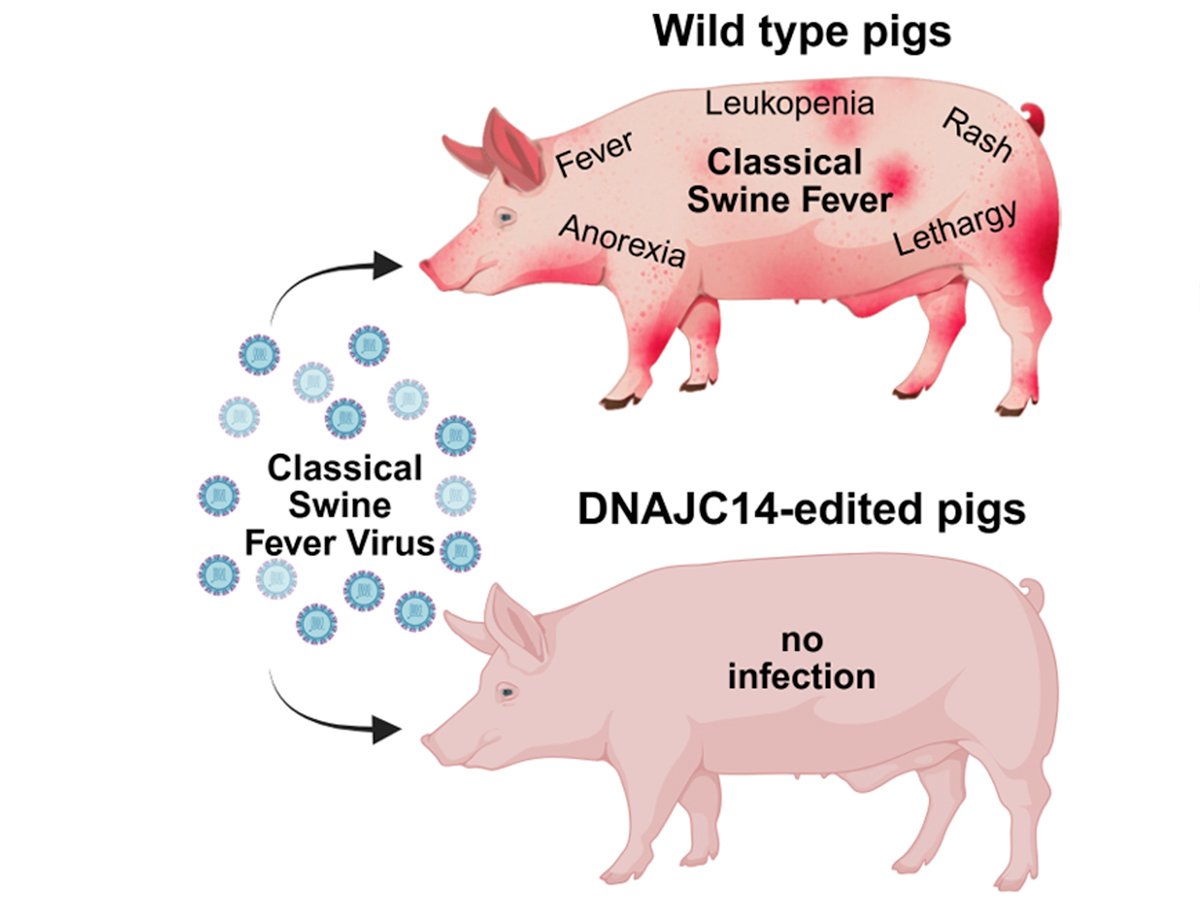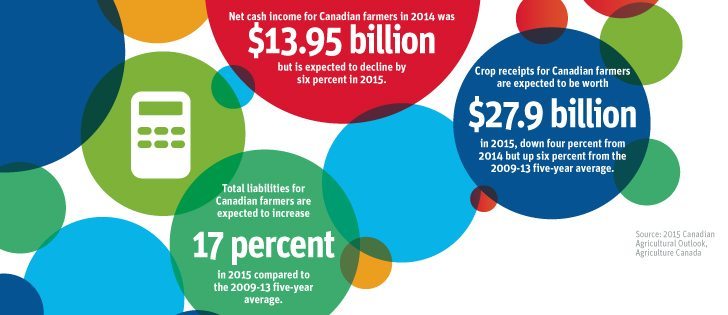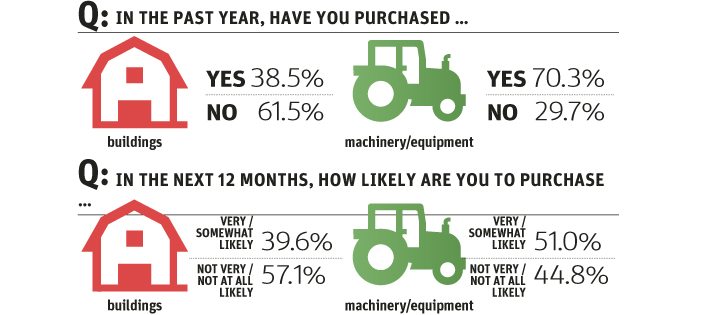Canadian farmers are making money hand over fist, according to a new report from Agriculture Canada.
Aggregate net cash income for 2014 is projected at $14 billion, 10 percent higher than the previous record.
The preliminary forecast for 2015 is for net cash income to fall to $13 billion, but that would still be 21 percent higher than the five-year average.
Average net operating income at the farm level is forecast at an all-time high of $78,139 for 2014.
“It’s something that we’ve been working for all of our careers is to see numbers like this,” said Norm Hall, president of the Agricultural Producers Association of Saskatchewan.
Read Also

Gene edited pig resistant to classical swine fever
British scientists have discovered a gene edit that could provide resistance to classical swine fever in pigs and Bovine Viral Diarrhea in cattle
“But they could have been better (if it wasn’t for) profit taking by the grain companies.”
Hall said the rail transportation problems in early 2014 caused a backlog of grain, which prompted the elevator companies to adopt “extraordinarily wide” basis levels that hurt farm incomes.
“We could have seen not just $14 billion but maybe as high as $17 billion,” he said.
Hall figures producers will lose another $2 to $3 billion in 2015 as basis levels continue wide.
The wheat basis in Saskatchewan has increased $20 per tonne since October.
Agriculture Canada estimates that crop receipts declined by five percent to $29 billion in 2014 because of slumping grain and oilseed prices.
An increase in sales because of large carry-in supplies from the record 2013 harvest helped offset the impact of lower prices, as did the weakening Canadian dollar.
Lynn Jacobson, president of the Alberta Federation of Agriculture, thinks the 2014 crop receipt forecast is too optimistic because of the extent of downgrading in crops such as wheat.
“It might not quite reach what they’re talking about,” he said.
Crop receipts are expected to fall another four percent in 2015 to $27.9 billion because of the continued price slide.
Jacobson said they will drop more than that if the industry fails to sort out the lingering rail transportation problem.
Total livestock receipts increased by 19 percent in 2014 to a record $25.5 billion because of high prices caused by declining herds and the lack of slaughter animals.
Cattle prices responded to successive reductions in the U.S. herd caused by drought and high feed costs. Hog prices were influenced by the spread of porcine epidemic diarrhea virus, which reduced the U.S. herd by two percent.
Hall is happy that the livestock sector is finally getting a well-deserved break.
“Hopefully that continues all through 2015 because livestock producers need that kind of boost after all the poor years,” he said.
“It’s hard to say what this new find of BSE in Alberta is going to do to those prices. Hopefully it’s not another kick in the nuts for the livestock producers.”
Agriculture Canada expects cattle prices to increase another four percent this year. Supply is forecast to remain tight because it takes a long time to divert animals from slaughter to rebuilding breeding herds.
“Cattle producers, who normally operate on relatively low margins, will see record profits as live animal prices remain at high levels and feed grain prices continue to be soft,” said the report.
The increased availability of slaughter hogs in North America will cause 2015 hog prices to falter and return incomes to long-term average levels.
“If it drops their income back to historic levels over the last five years, that puts hog producers into a loss position,” said Jacobson, who noted that prices have already started to plunge in the United States.
Incomes for the dairy and poultry sectors will not show significant growth this year but are expected to remain at high levels compared to other sectors as prices and cost of production hold steady.
The average net worth of a Canadian farm was $2 million in 2014 and is expected to rise to $2.1 million in 2015, largely because of increasing land values.
However, not everybody is participating in the good times, said Hall. Farmers who were flooded out in 2014 will be forced to rely on the AgriStability and AgriInvest programs, which were gutted in Growing Forward 2.
“There’s going to be a rude awakening,” he said.
Subsidy payments fell 14 percent last year to $2.3 billion because of lower AgriStability and AgriInvest expenditures.
Contact sean.pratt@producer.com
















